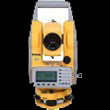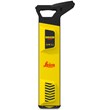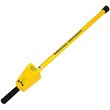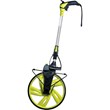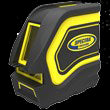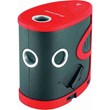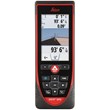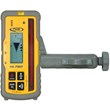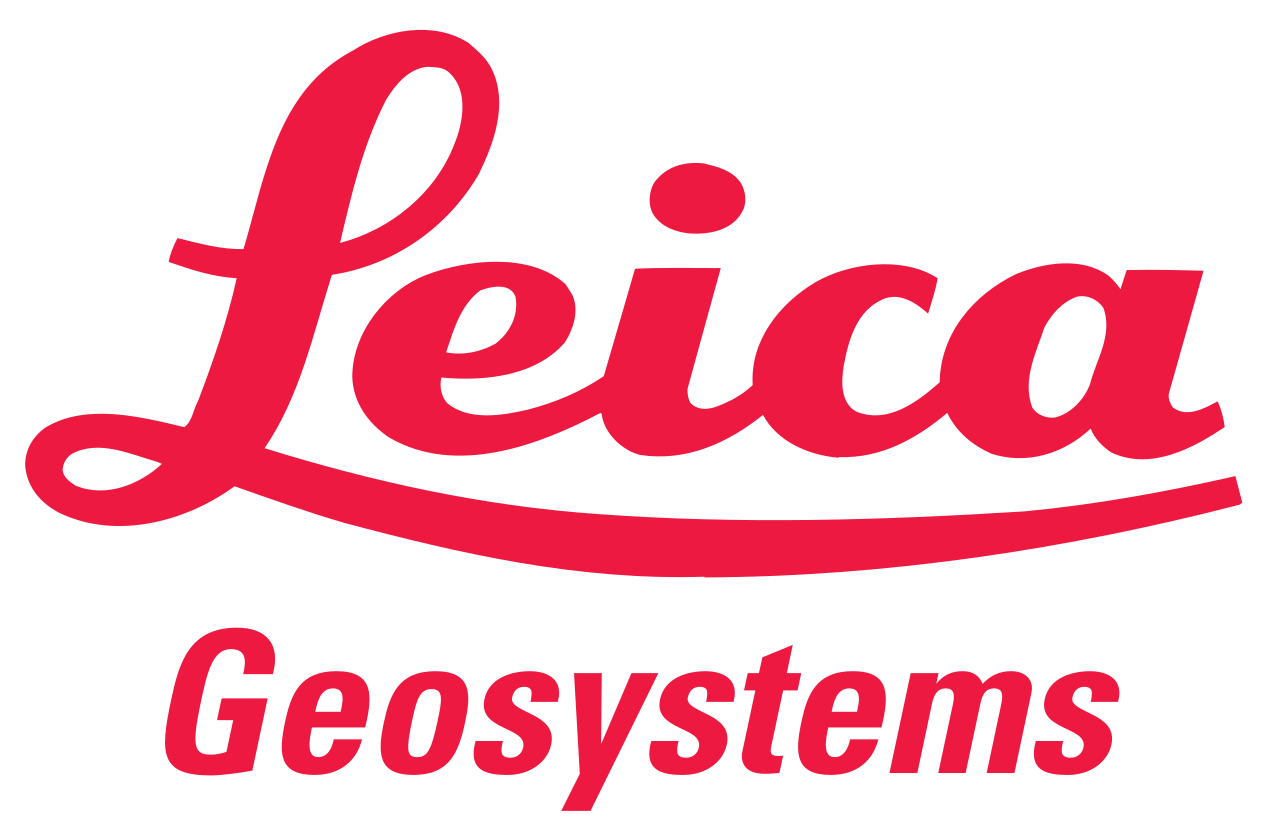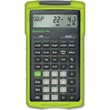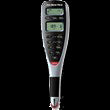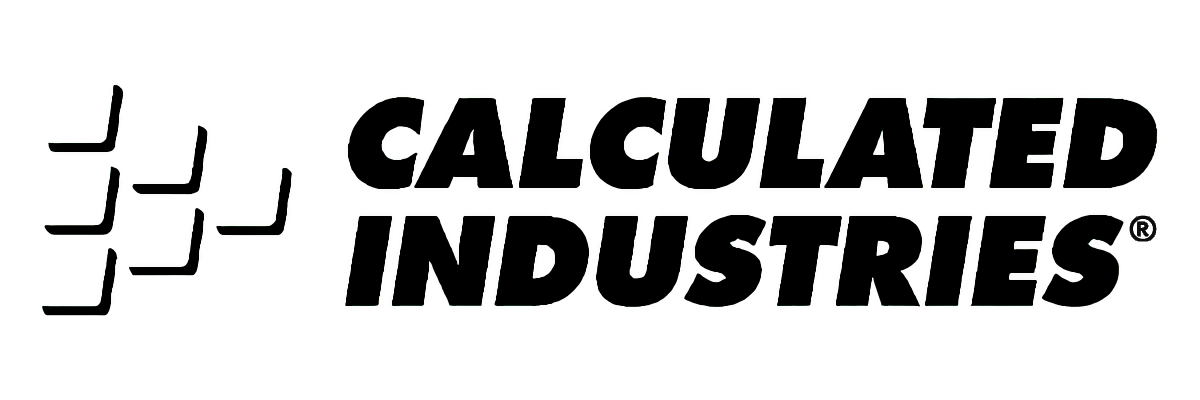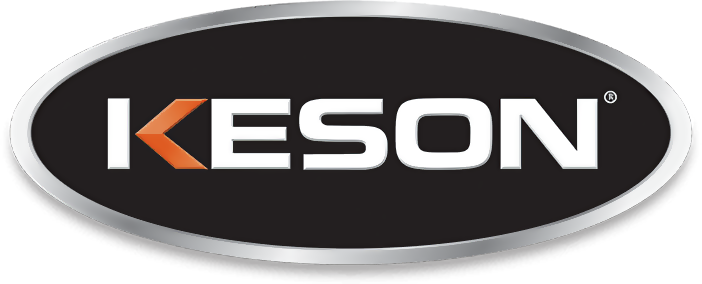Rescue Floating Devices
This collection is empty
View all productsPersonal Floatation Devices or PFDs are important pieces of safety equipment designed to keep overboard victims afloat for as long as needed until rescue comes. Not wearing PFDs is the leading cause of drowning, which is why it is required by law to have a U.S. Coast Guard-approved PFD aboard your vessel at all times.
PFDs – also referred to as life jackets, life vests, buoyancy aid, or flotation suits – are available in different sizes and types to accommodate various body weights and situations.
When choosing a PFD, you have to make sure to:
- Get the right type for your boating activity and location;
- Get the right size and buoyancy to support you in the water; and
- Choose a U.S. Coast Guard (USCG) approved PFD.
Inherently Buoyant vs. Inflatable PFD
Most PFDs used today are inherently buoyant. However, specific needs and situations call for an inflatable PFD, so it pays to know their differences.
Inherently buoyant PFDs look like a vest and use a floatation material, usually foam, to create buoyancy. They require little maintenance, can be used for a variety of water activities, and are ready to use at all times since they do not need to be activated or inflated. Some models even come with handy pockets for storing personal items. These PFDs come in sizes for adults and children.
A major downside of inherently buoyant PFDs is their bulky build that can get in the way of movements like paddling and swimming. Because they’re bulky, they can also get warm on a hot summer day.
Inflatable PFDs, as the name suggests, need to be inflated to create buoyancy. When deflated, inflatable PFDs are lighter and slimmer than inherently buoyant PFDs, making movement easier and less restricted. Inflation can be done manually or automatically when the vest is submerged in water. Many inflatable PFDs combine automatic and manual inflation methods to suit different situations.
A disadvantage to inflatable PFDs is the regular maintenance needed to make sure it’s working properly. You also have to replace the gas cartridge after each inflation. Inflatables are also not recommended for high-impact activities (e.g. river rafting, whitewater kayaking, or waterskiing), children under the age of 16, and non-swimmers.
Types of Personal Floating Devices
- TYPE I: Offshore Life Jacket – Type 1 PFDs are the most buoyant of all PFD types and suitable for all water conditions including rough or remote waters where rescue may not be readily available. It provides 22 lbs. of buoyancy for adults and 11 lbs. buoyancy for children. The main benefit of this PFD is it will turn most unconscious wearers face-up while the disadvantage is the large and bulky build that may make movement and swimming difficult.
- TYPE II: Near-shore Buoyant Vest – This is ideal for use in calm, inland waters where a quick rescue is highly likely mainly because, unlike Type I, Type II PFDs may or may not turn unconscious wearers face-up. It provides 15.5 lbs. of buoyancy for adults, 11 lbs. for children, and 7 lbs. for infants.
- TYPE III: Floatation Aid – Same as Type II, Type III is best for calm inland waters with lots of other people nearby. It has the same buoyancy as Type II, but it will not turn unconscious wearers to a face-up position. The wearer may have to tilt their head back to avoid turning face down. Examples include fishing vests, float coats, and some water sports vests.
- TYPE IV: Throwable Floating Device – Unlike other PFD types that are designed to be worn, Type IV devices like ring buoys and floatation cushions are designed to be thrown and grasped by conscious overboard victims. It’s ideal for use in waters with heavy boat traffic.
- TYPE V: Special Use Device – Type V PFDs are designed for specific activities including kayaking, windsurfing, and others. Examples include deck suits, work vests, and boardsailing vests. Some Type V devices also have hypothermia protection for cooler climates. The USCG requires Type V PFDs to be worn at all times and used for the activity specified on the label.
At Tiger Supplies, we recognize the importance of selecting a high-quality PFD that’s appropriate to your needs. We’ve done the work and have selected a collection of multiple types of USCG-approved PFDs with guaranteed performance and reliability. Find your personal floatation device on our website today.

